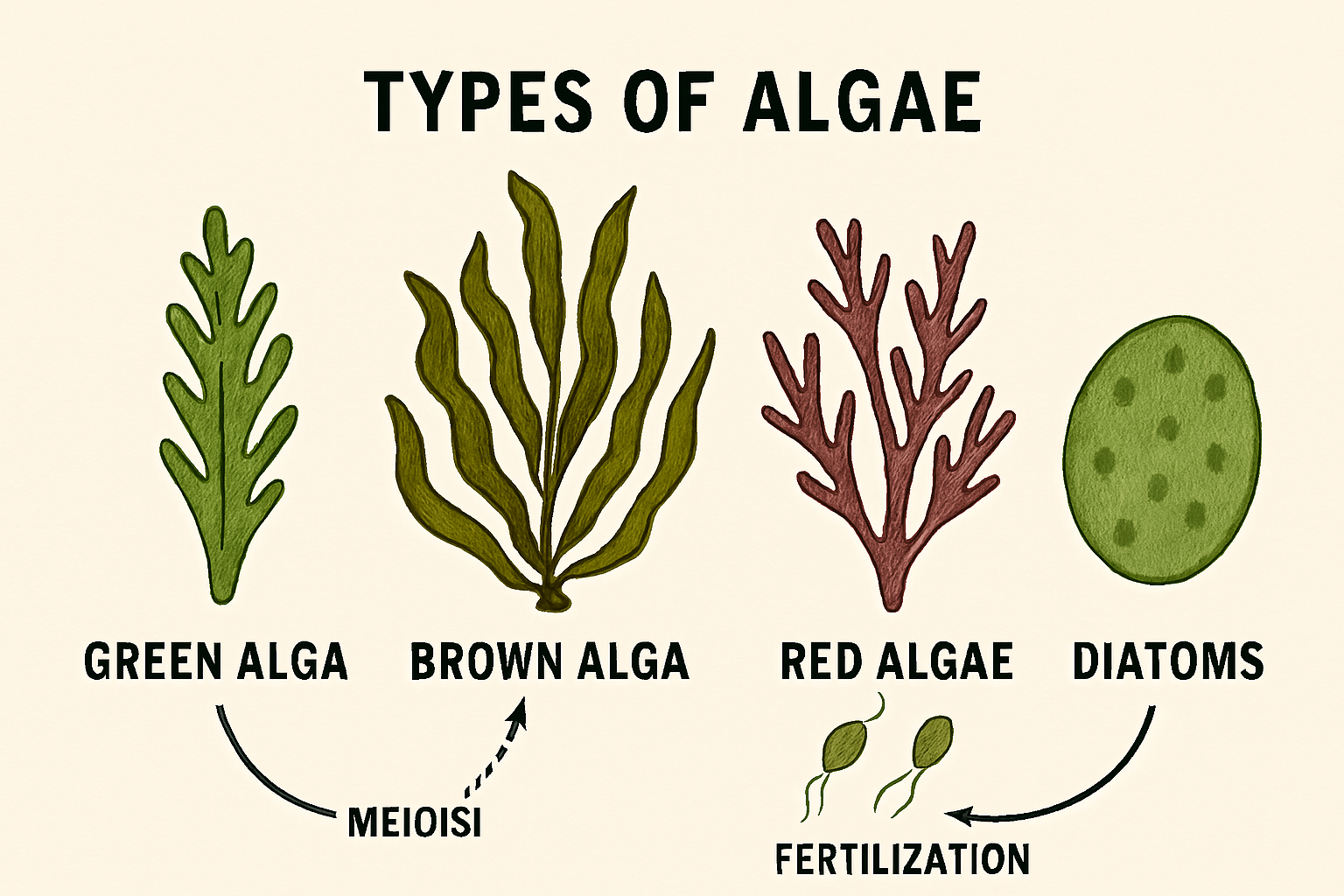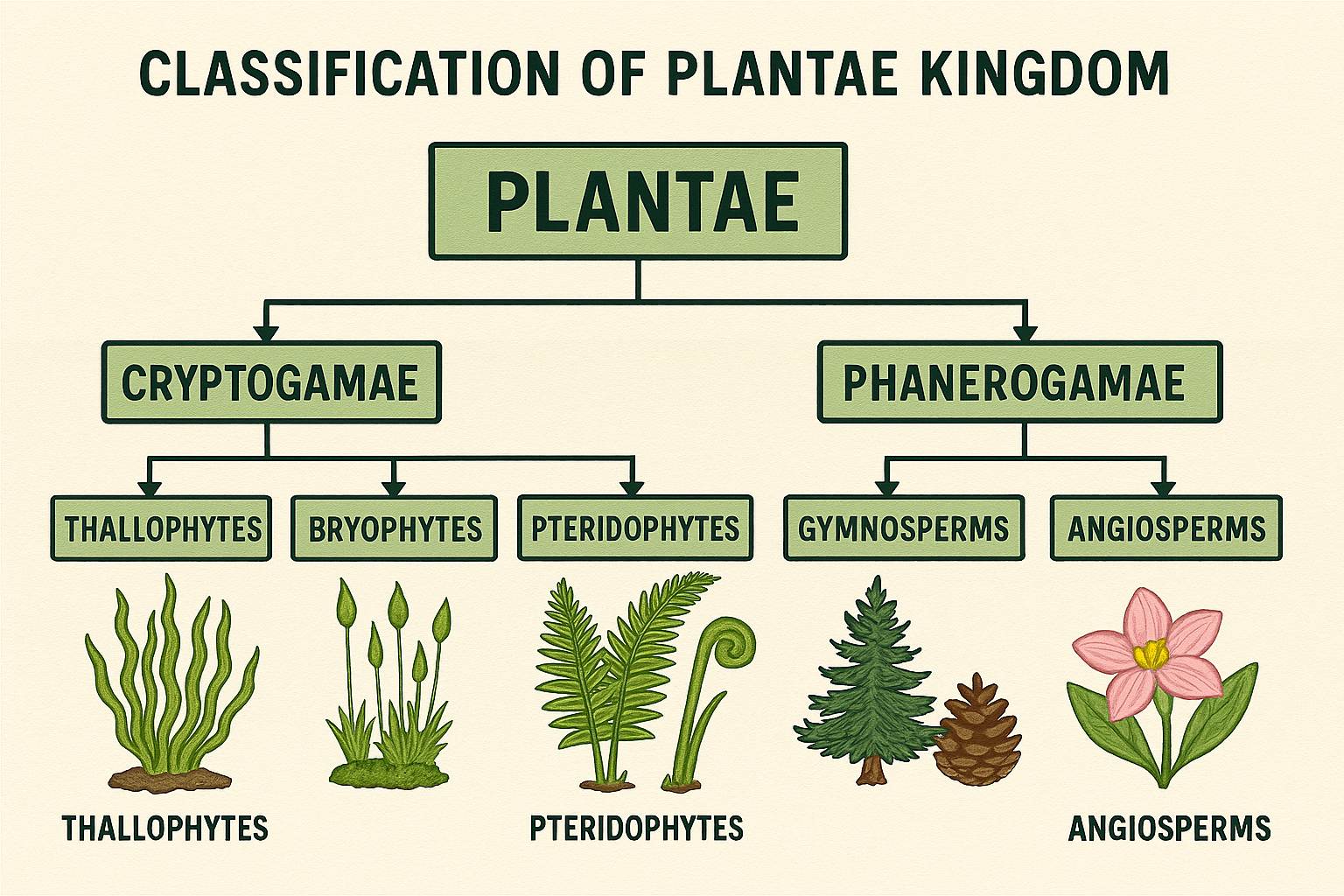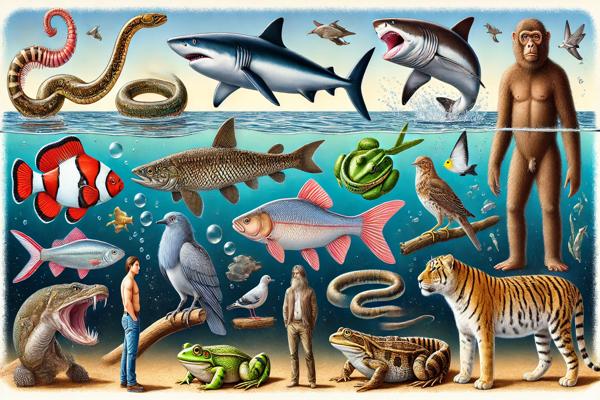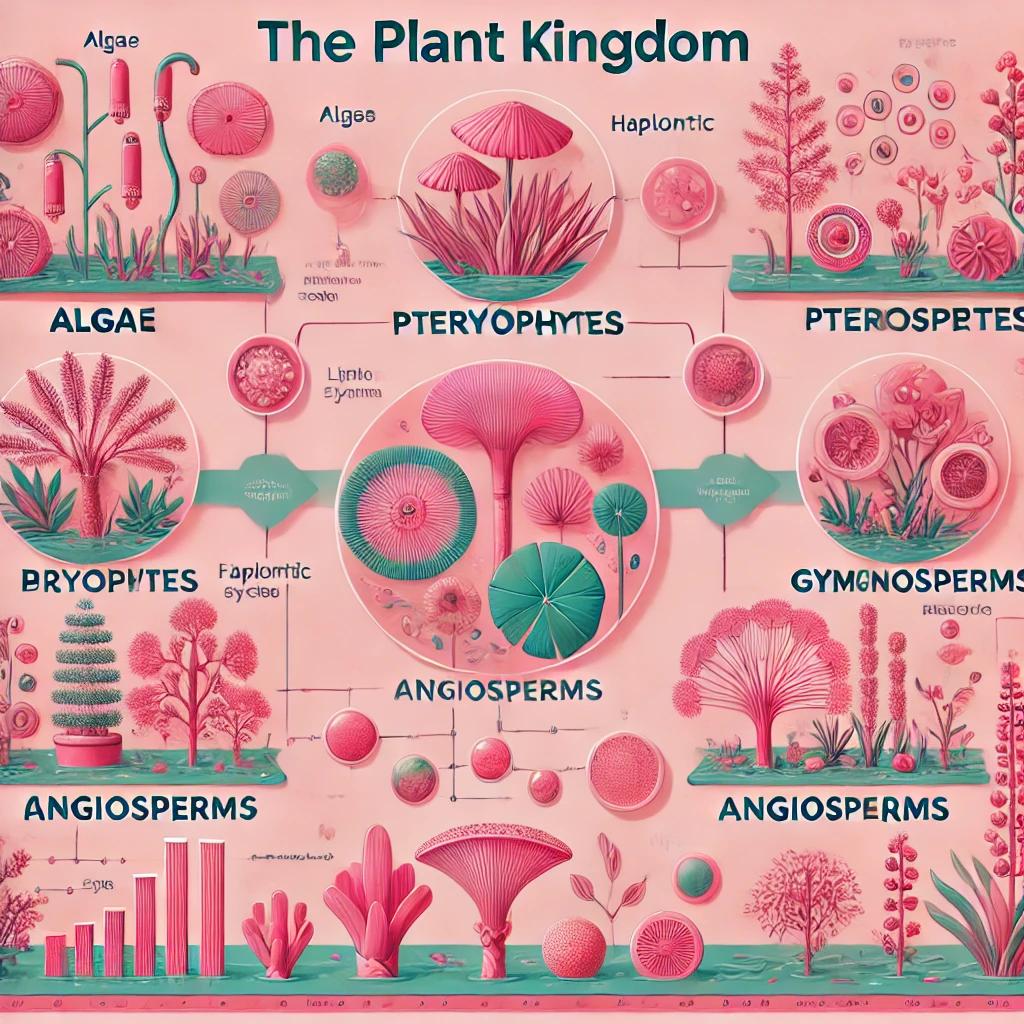Diversity in The Living World
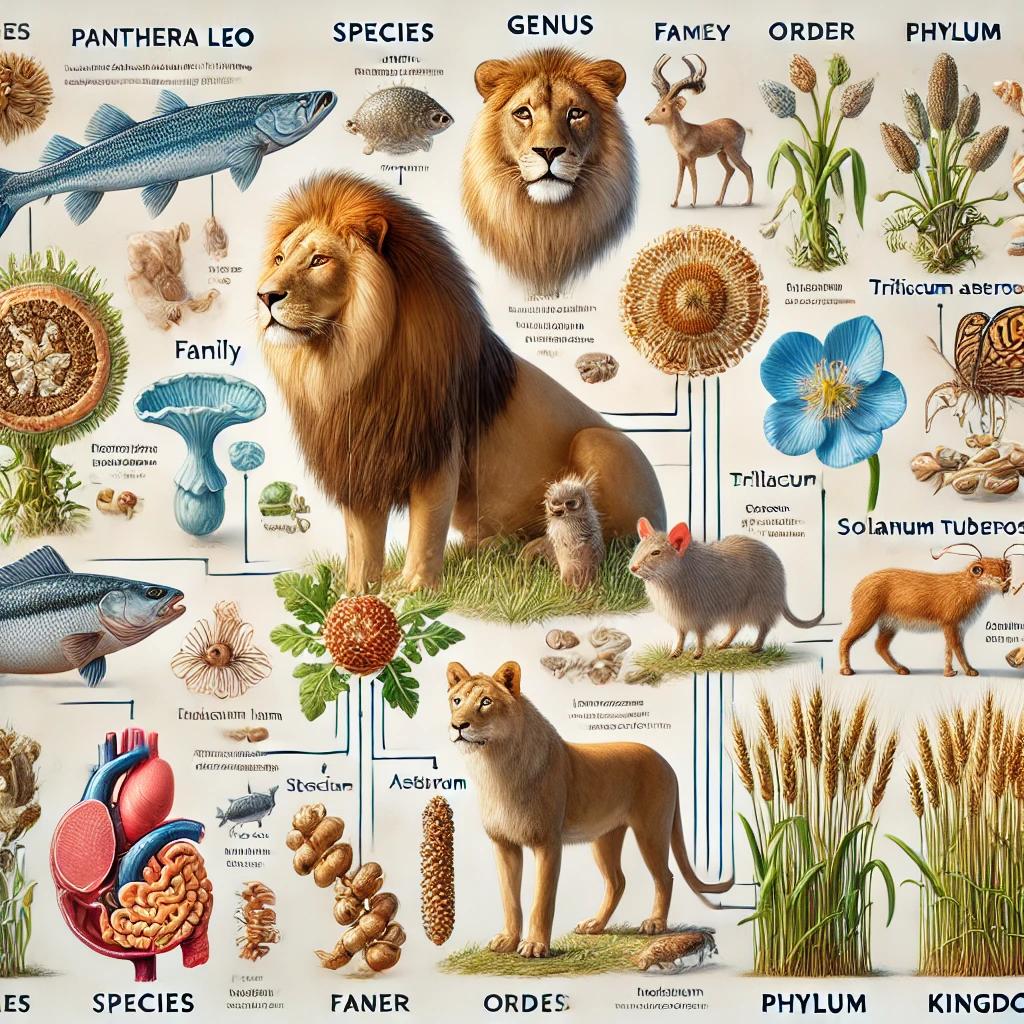
The living world is marked by an extraordinary diversity of organisms. To facilitate the study of this diversity, biologists have developed standardized rules and principles for the identification, nomenclature, and classification of organisms. This specialized branch of biology is known as taxonomy.
Understanding Life
Life is a unique characteristic that distinguishes entities capable of signaling and sustaining themselves from inanimate objects. Living organisms possess self-regulating processes, enabling them to grow, reproduce, metabolize, and respond to external stimuli. In contrast, non-living entities lack such abilities. Biology, as a discipline, delves into the study of life and its myriad forms, functions, and interactions.
Characteristics of Living Things
The primary features that differentiate living organisms from non-living entities include:
- Growth: Living organisms exhibit growth through the accumulation of biomass and the division of cells.
- Reproduction: They reproduce to give rise to offspring, ensuring the continuation of their species.
- Metabolism: Metabolic processes, encompassing both anabolic and catabolic reactions, are fundamental to sustaining life.
- Response to Stimuli: Organisms respond to environmental changes, showcasing adaptability.
Biodiversity
Biodiversity refers to the vast range of living organisms found on Earth. Scientists estimate that there are approximately 1.7 to 1.8 million known species, with many more yet to be discovered. This diversity is studied and cataloged to understand the relationships and characteristics of various life forms.
Identification and Nomenclature
Identification
It involves comparing organisms to known specimens to ascertain their similarities and differences. This process helps classify them systematically.
Nomenclature
Nomenclature is the process of assigning names to organisms. These names are universally recognized, ensuring that a species is identified consistently worldwide. The guidelines for nomenclature are governed by:
- ICBN (International Code for Botanical Nomenclature): For naming plants.
- ICZN (International Code for Zoological Nomenclature): For naming animals.
Binomial Nomenclature
The binomial nomenclature system, established by Carl Linnaeus, known as the “Father of Taxonomy,” provides a standardized method for naming species. This system consists of two parts:
- Generic Name: Represents the genus and is written with an initial capital letter.
- Specific Epithet: Represents the species and is written in lowercase.
For example:
- Mangifera indica (Mango)
- Homo sapiens (Human)
- Panthera pardus (Leopard)
- Felis domestica (Cat)
Principles of Nomenclature
The rules governing nomenclature include:
- The name should be derived from Latin or latinized forms.
- It must be italicized when printed and underlined when handwritten.
- The name consists of two parts: the genus and species.
- The genus starts with a capital letter, while the species begins with a lowercase letter.
- The name should be concise, precise, and easy to pronounce.
- The author’s name is abbreviated and placed after the species name (e.g., Mangifera indica Linn.).
Classification
Classification involves grouping organisms into categories based on observable traits. These categories, known as taxa, are arranged in a hierarchical structure that reflects the evolutionary relationships among organisms. The taxonomic hierarchy is as follows:
- Species: The basic unit of classification. For example:
- Panthera leo (Lion)
- Panthera pardus (Leopard)
- Panthera tigris (Tiger)
- Solanum tuberosum (Potato)
- Triticum aestivum (Wheat)
- Genus: A group of related species. For example:
- Panthera: Includes lions, leopards, and tigers.
- Solanum: Includes potato and brinjal (Solanum melongena).
- Family: A group of related genera. For example:
- Felidae: Includes the genera Panthera and Felis.
- Solanaceae: Includes the genera Solanum and Capsicum.
- Order: A group of related families. For example:
- Carnivora: Includes the families Felidae (cats) and Canidae (dogs).
- Solanales: Includes the family Solanaceae.
- Class: A group of related orders. For example:
- Mammalia: Includes orders Carnivora and Primates (monkeys and humans).
- Dicotyledonae: Includes orders like Solanales.
- Phylum: A group of related classes. For example:
- Chordata: Includes classes Pisces, Amphibia, Reptilia, Aves, and Mammalia.
- Angiospermae: Includes classes Dicotyledonae and Monocotyledonae.
- Kingdom: The highest taxonomic rank. For example:
- Animalia (animals)
- Plantae (plants)
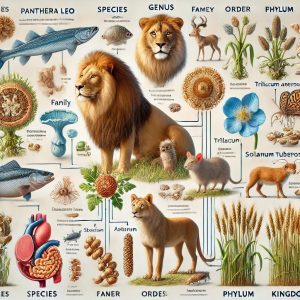
The living world
Taxonomical Aids
Taxonomical aids are tools and techniques used to store, preserve, and identify organisms. These aids include:
1. Herbarium
- A herbarium is a repository of preserved plant specimens.
- Specimens are dried, pressed, and mounted on sheets.
- The sheets are labeled with details such as the date and place of collection, scientific name, family, and collector’s name.
- Herbarium sheets are organized according to an accepted classification system.
2. Botanical Gardens
- Botanical gardens maintain a collection of living plants for identification and reference.
- Each plant is labeled with its scientific name and family.
- Notable botanical gardens include the Indian Botanical Garden in Kolkata and the Royal Botanical Gardens in Kew, London.
3. Museum
- Museums house collections of preserved plant and animal specimens.
- Organisms are stored in preservative solutions or as dry specimens.
- They may also include skeletons and other artifacts for study and reference.
4. Zoological Parks
- Zoological parks, or zoos, provide a protected environment for wild animals.
- These parks facilitate the study of animal behavior and dietary habits in their natural habitats.
5. Key
- Keys are analytical tools used to identify organisms based on their similarities and differences.
- They often consist of paired contrasting statements, leading to the identification of the organism.
6. Manuals
- Manuals are guides that provide information about the names and characteristics of species in a specific region.
7. Monographs
- Monographs are comprehensive studies focusing on a single taxon, such as a family or genus.
8. Flora
- Flora documents the plant species found in a particular area, along with their habitat and descriptions.
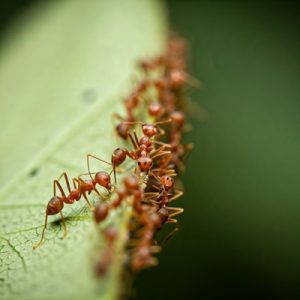
The living world The living world
Examples of Taxonomic Categories
- Man:
- Species: Homo sapiens
- Genus: Homo
- Family: Hominidae
- Order: Primate
- Class: Mammalia
- Phylum: Chordata
- Housefly:
- Species: Musca domestica
- Genus: Musca
- Family: Muscidae
- Order: Diptera
- Class: Insecta
- Phylum: Arthropoda
- Mango:
- Species: Mangifera indica
- Genus: Mangifera
- Family: Anacardiaceae
- Order: Sapindales
- Class: Dicotyledonae
- Phylum: Angiospermae
- Wheat:
- Species: Triticum aestivum
- Genus: Triticum
- Family: Poaceae
- Order: Poales
- Class: Monocotyledonae
- Phylum: Angiospermae
- Potato:
- Species: Solanum tuberosum
- Genus: Solanum
- Family: Solanaceae
- Order: Solanales
- Class: Dicotyledonae
- Phylum: Angiospermae
- Brinjal:
- Species: Solanum melongena
- Genus: Solanum
- Family: Solanaceae
- Order: Solanales
- Class: Dicotyledonae
- Phylum: Angiospermae
The living world
In conclusion, taxonomy provides a systematic approach to understanding and organizing the vast diversity of life. By employing methods such as classification, nomenclature, and identification, scientists can study and document the intricate relationships among organisms. The use of taxonomical aids further enhances the accuracy and efficiency of this process, ensuring the preservation and dissemination of biological knowledge.
Read also
- https://ncert.nic.in/textbook/pdf/kebo101.pdf
- https://www.khanacademy.org/science/in-in-class-11-biology-india/x9d1157914247c627:the-living-world
- https://alisciences.com/affinities-of-hemichordata-urochordata-and-cephalochordata/
Hi, I’m Hamid Ali, an MSc in Biotechnology and a passionate Lecturer of Biology with over 11 years of teaching experience. I have dedicated my career to making complex biological concepts accessible and engaging for students and readers alike.
Beyond the classroom, I’m an avid blogger, sharing insights, educational resources, and my love for science to inspire lifelong learning. When I’m not teaching or writing, I enjoy exploring new advancements in biotechnology and contributing to meaningful discussions in the scientific community.
Thank you for visiting my blog! Feel free to connect and explore more of my work.




